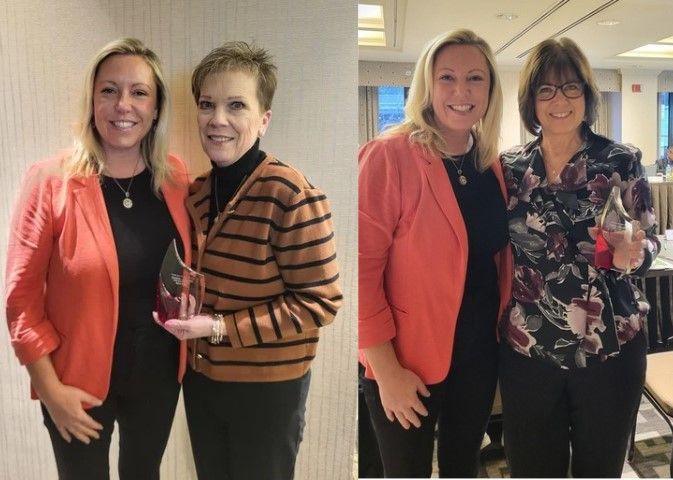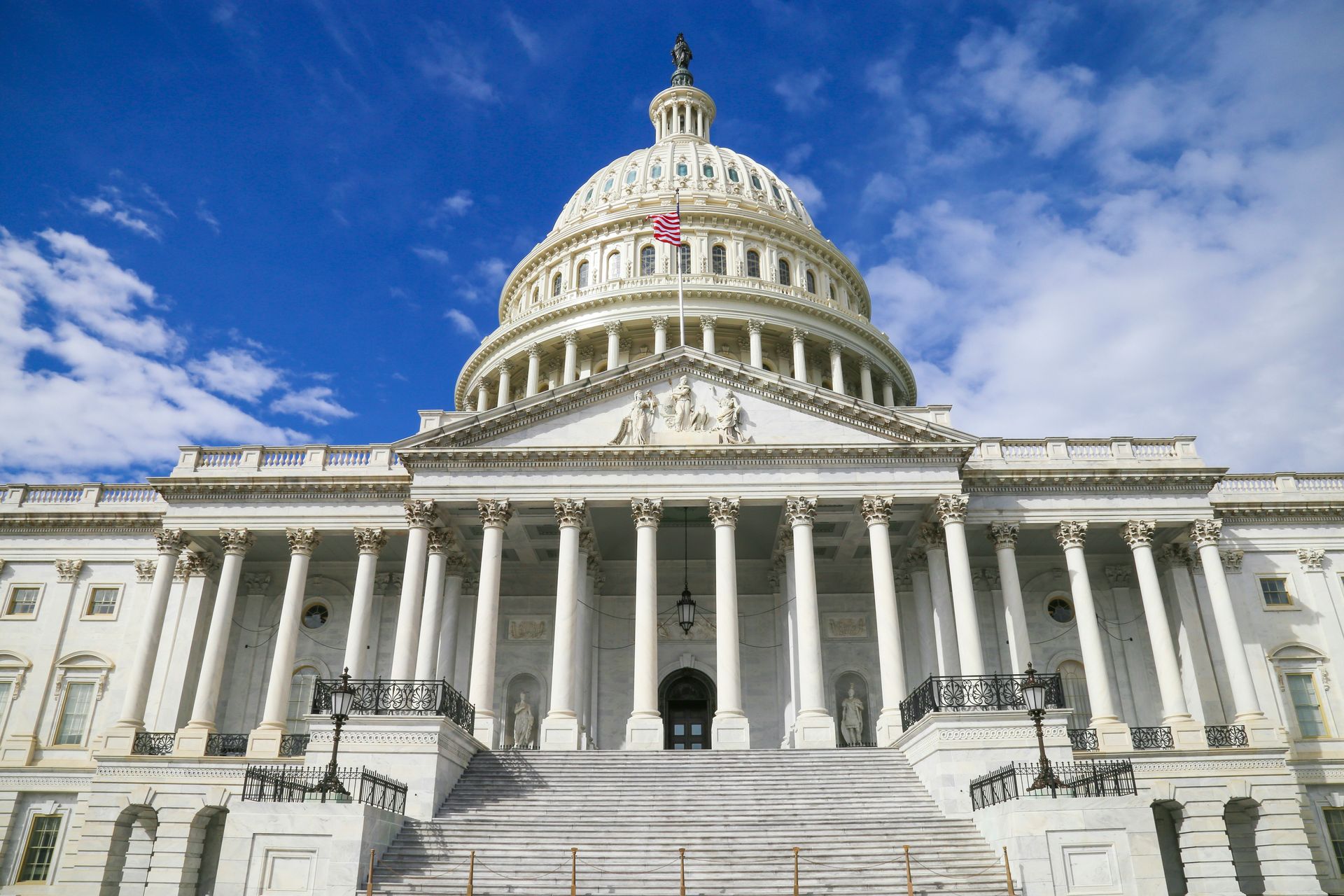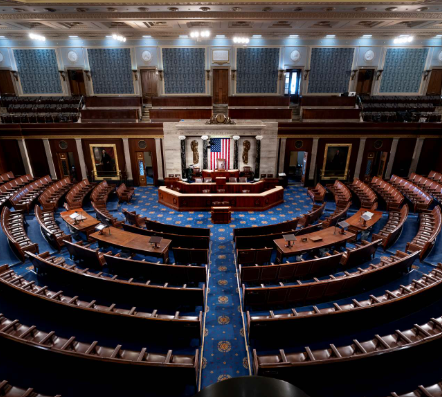How (and Why) Companies Should Support Skills-First Hiring

Michelle Sims, CEO, YUPRO Placement
The past few years taught employers what many of us already knew: talent markets are undergoing a drastic change. Skills shortages are growing in nearly every industry, and they show no signs of slowing down, even with the disruptive impact of AI/automation technologies. According to Korn Ferry, in the year 2030, talent gaps will cost the U.S. economy an estimated $1.7 trillion in lost revenue. In order to address this challenge, more and more employers are embracing skills-first hiring. This is great news for employers, workers, and workforce development boards.
What is skills-first hiring?
Skills-first hiring is, as its name suggests, a talent acquisition strategy where the employer prioritizes skills, first, as the selection criteria—instead of traditional proxies such as degrees, previous job titles, or years of experience. The purpose of this approach is to equitably match talent to opportunity.
Skills-first hiring helps employers close talent gaps
For a long time, we lived in a talent glut— we had too many workers available to fill the open jobs in the economy. Hiring managers and recruiters often required a college degree regardless of whether one was relevant to the actual work that needed to be done. Why did they do this? Number one, because they could. Number two, because they mistakenly thought requiring or giving preference to a college degree meant they were getting a better slate of candidates to choose from.
Neither of those things is true anymore. Smart employers are getting ahead by removing degree requirements and accessing traditionally overlooked talent.
Employers throughout the U.S. are experiencing major talent shortages, especially for early and mid-career roles. Even as the market softens, there isn’t enough talent to fill job openings. When enough roles in a company go unfilled, it hampers future growth and innovation. These long-term demographic trends are here to stay, and organizations that are unwilling to remove invisible barriers to employment like degree requirements and years of experience will continue to be terminally understaffed.
Skills-first hiring can strengthen your partnerships with employers
When employers remove four-year degree requirements from early- and mid-career job openings, it’s that much easier to attract and source ready-to-work talent. A skills-first hiring approach means workforce development boards like yours can fine-tune their upskilling and reskilling efforts and facilitate training that is hyper-relevant to employers. This is an opportunity to partner more closely with employers in your region and align with their strategic talent needs.
Skills-first hiring can support DEI goals
The old way of recruiting, described above, screens out a disproportionate number of candidates from traditionally overlooked populations, even though they possess the skills needed to perform the job. According to Opportunity@Work, removing four-year degree requirements opens access to 76% of Black workers and 83% of LatinX workers who are Skilled Through Alternative Routes (STARs). For organizations that want to make an impact on DEI initiatives, a skills-first hiring strategy is an intentional business practice to increase workforce diversity.
How to support skills-first hiring
How can we ensure skills-first hiring practices are successful and more widely adopted? Let’s take a look.
Make the case for skills-first talent strategies internally
If an organization isn’t already aligned on supporting skills-first hiring, this needs to be the first step! Skills-based talent strategies are the best way to support employers and workers alike, but if you’re not aligned with internal stakeholders they won’t go very far.
Workforce boards and training providers can innovate and support training programs that provide talent with in-demand skills and match them to jobs where demand is growing. Ensure you align your programs to employers that provide talent with access to jobs that drive economic mobility. Also, build innovative programs that allow talent to upskill and reskill on the job. Make program days and times flexible to meet talent where they are today.
Evangelize and educate employers not already on the bandwagon
Even though employers are making some moves toward a skills-based approach to hiring, many organizations are still dragging their feet and taking half-measures. This has to be a major mindset change. Part of the reason employers are slow to adopt this approach is rooted in a lack of data to support a complete transition.
If this is the case in your region, I often recommend looking for an employer and starting small. Come armed with statistics about the long-term talent shortages employers are facing. Make the connection between talent shortages and the challenges they’re having with operations, sales, and customer service. Help them see how current challenges are directly related to the way they’re hiring talent. Try convincing them to experiment with skills-first hiring for entry-level roles and partner with a talent developer first. This is a low-risk, high-reward solution that can help you gain a champion for your message. Making the case for employers to embrace skills-first strategies and processes may take time but it’s an essential step in the journey.
Another important piece of the puzzle is to celebrate companies that are embracing skills-first strategies and working to build networks of skills-first best practices in their communities.
Build or tap into networks of like-minded organizations
Networks are powerful tools for change. When you connect with other organizations that see eye to eye on the talent landscape, new opportunities, new partnerships, and a stronger, more diverse workforce will emerge.
Seek out ecosystem partners that provide comprehensive career support
So much of skills-first hiring involves upskilling workers who may have very limited experience interviewing and working in a professional setting. Successful training programs and employers are learning to partner with mission-aligned placement firms like YUPRO Placement that understand this population and are prepared to give them the support they need to be successful in the job market.
Another great partner in this space is Grads of Life. They are the non-profit workforce consulting arm of Year Up, and they assess organizations’ current practices and advise on how to implement skills-first strategies. For example, they might look at an existing role at your company and identify all the skills needed to do it well, then work with you on a plan to find or develop people with the skills needed to do these jobs.
Staying ahead of the curve
The world of work is shifting its emphasis from requiring four-year degrees as a prerequisite for consideration to hiring for the skills needed to do the job. This isn’t just the right thing to do; it’s the smart thing to do. And those who learn this lesson too late will spend the next decade catching up with their competitors.
If you’re interested in learning more about how workforce organizations and training providers can support the shift to a skills-first labor market and create more equitable access to job opportunities, download this eBook.


National Association of Workforce Boards | All Rights Reserved |
Created by Olive + Ash.
Managed by Olive Street Design.





